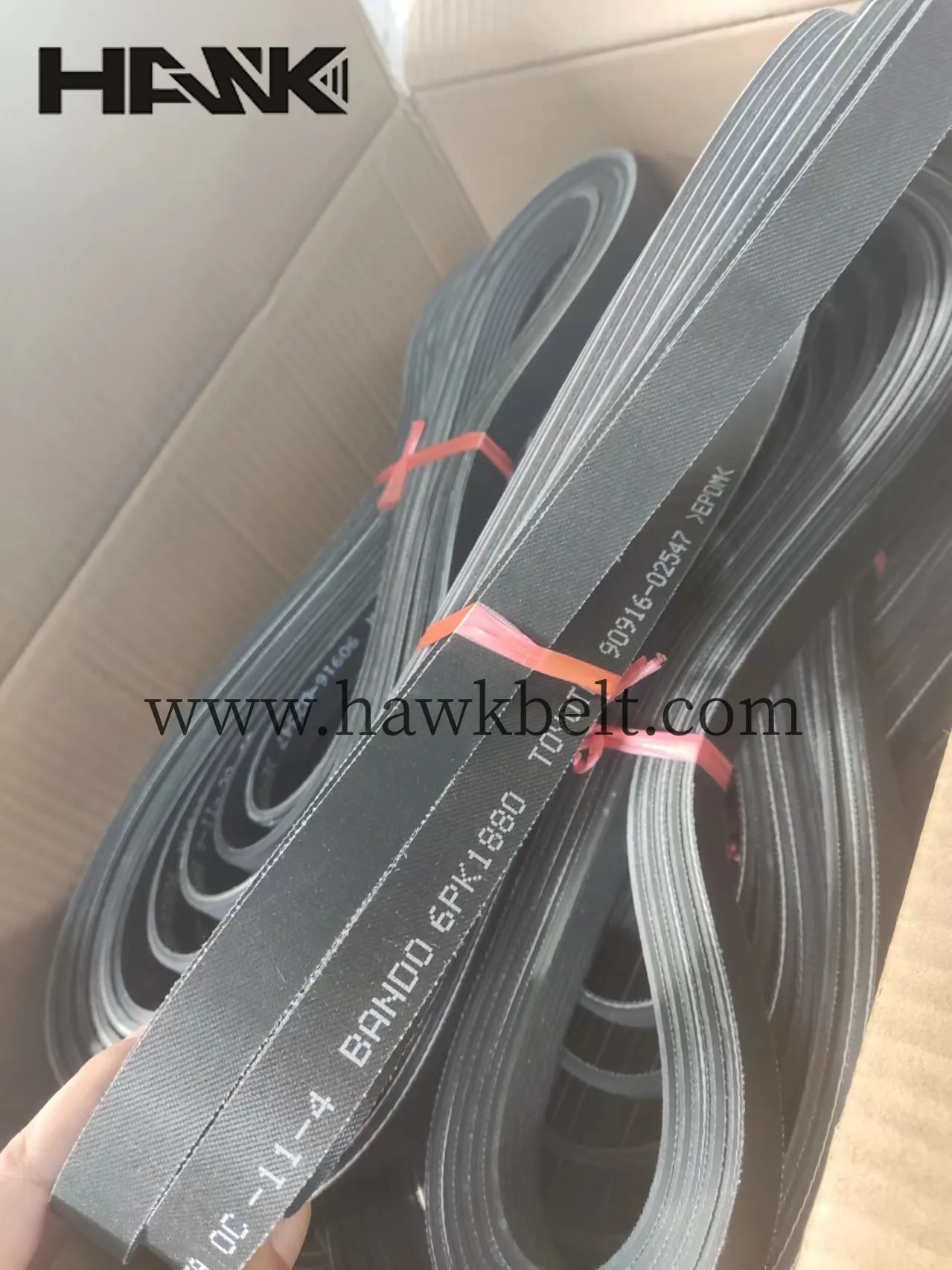- Arabic
- French
- Russian
- Spanish
- Portuguese
- Turkish
- Armenian
- English
- Albanian
- Amharic
- Azerbaijani
- Basque
- Belarusian
- Bengali
- Bosnian
- Bulgarian
- Catalan
- Cebuano
- Corsican
- Croatian
- Czech
- Danish
- Dutch
- Afrikaans
- Esperanto
- Estonian
- Finnish
- Frisian
- Galician
- Georgian
- German
- Greek
- Gujarati
- Haitian Creole
- hausa
- hawaiian
- Hebrew
- Hindi
- Miao
- Hungarian
- Icelandic
- igbo
- Indonesian
- irish
- Italian
- Japanese
- Javanese
- Kannada
- kazakh
- Khmer
- Rwandese
- Korean
- Kurdish
- Kyrgyz
- Lao
- Latin
- Latvian
- Lithuanian
- Luxembourgish
- Macedonian
- Malgashi
- Malay
- Malayalam
- Maltese
- Maori
- Marathi
- Mongolian
- Myanmar
- Nepali
- Norwegian
- Norwegian
- Occitan
- Pashto
- Persian
- Polish
- Punjabi
- Romanian
- Samoan
- Scottish Gaelic
- Serbian
- Sesotho
- Shona
- Sindhi
- Sinhala
- Slovak
- Slovenian
- Somali
- Sundanese
- Swahili
- Swedish
- Tagalog
- Tajik
- Tamil
- Tatar
- Telugu
- Thai
- Turkmen
- Ukrainian
- Urdu
- Uighur
- Uzbek
- Vietnamese
- Welsh
- Bantu
- Yiddish
- Yoruba
- Zulu
nov. . 10, 2024 03:26 Back to list
Understanding the Importance of Engine Belts in Automotive Performance and Maintenance
The Importance of the Engine Belt in Cars
An engine belt, often referred to as a serpentine belt or timing belt, is a crucial component in the automotive engine system. While it may be just one piece in a complex machinery, its role is vital for the efficient operation of a vehicle. Understanding the function, maintenance, and potential issues related to engine belts can help car owners ensure their vehicles run smoothly.
Function of the Engine Belt
The main function of the engine belt is to transfer power between various components of the engine. In a typical automotive setup, a serpentine belt drives several integral parts such as the alternator, power steering pump, air conditioning compressor, and water pump. This single belt replaces multiple individual belts, providing a compact and efficient setup.
Additionally, timing belts play a crucial role in synchronizing the rotation of the crankshaft and camshaft. This synchronization is essential for maintaining proper engine timing, allowing the engine's valves to open and close at the correct intervals, which ultimately ensures optimal performance and fuel efficiency.
Maintenance of Engine Belts
Regular maintenance of engine belts is essential to prevent engine performance issues. Since these belts are made from rubber, they are subject to wear and tear over time due to constant friction and exposure to heat. It's recommended to inspect the belts during routine vehicle maintenance checks, looking for signs of cracking, fraying, or glazing.
engine belt in car

Most manufacturers suggest changing the serpentine belt every 60,000 to 100,000 miles, depending on the specific vehicle model and driving conditions. The timing belt, on the other hand, typically has a more stringent replacement schedule, often around the 60,000 to 100,000-mile mark as well, albeit it varies significantly with specific vehicle types.
Ignoring the replacement of a worn-out belt can lead to severe engine complications. A snapped timing belt, for example, can cause substantial internal damage, resulting in costly repairs. Thus, staying ahead of maintenance needs can save vehicle owners from unexpected breakdowns and repair bills.
Common Issues with Engine Belts
There are several common issues that can affect engine belts. One of the most prevalent problems is wear and tear from extended use. Rubber deteriorates over time, leading to a loss of elasticity and effectiveness. Additionally, misalignment of the belt can cause uneven wear patterns, which can result from improper installation or a malfunctioning tensioner. It's important to ensure that the belt is correctly aligned to prolong its lifespan.
Another concern is tension adjustments. An overly tight belt can cause undue stress on the components it drives, while a loose belt may slip, leading to poor performance. Many modern vehicles come equipped with automatic tensioners that maintain the correct tension on the belt, but these can also fail and need periodic checks.
Conclusion
In conclusion, the engine belt is an essential element in the efficient functioning of a vehicle’s engine. Regular maintenance and timely replacements are key to ensuring performance, longevity, and safety. By understanding the importance of the engine belt and staying vigilant about its condition, vehicle owners can avoid costly repairs and keep their cars running smoothly. Recognizing the symptoms of a failing engine belt, from unusual noises to performance issues, is also vital in safeguarding one’s investment in a car.
-
Korean Auto Parts Timing Belt 24312-37500 For Hyundai/Kia
NewsMar.07,2025
-
7PK2300 90916-T2024 RIBBED BELT POLY V BELT PK BELT
NewsMar.07,2025
-
Chinese Auto Belt Factory 310-2M-22 For BMW/Mercedes-Benz
NewsMar.07,2025
-
Chinese Auto Belt Factory 310-2M-22 For BMW/Mercedes-Benz
NewsMar.07,2025
-
90916-02660 PK Belt 6PK1680 For Toyota
NewsMar.07,2025
-
drive belt serpentine belt
NewsMar.07,2025

